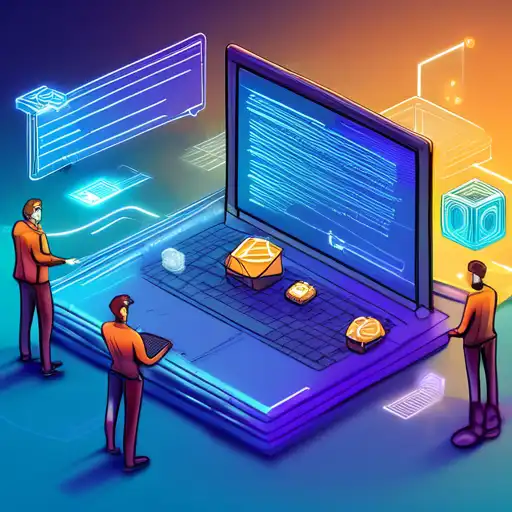Introduction to Smart Contracts
Smart contracts represent a pivotal innovation in blockchain technology, automating agreements without the need for intermediaries. These self-executing contracts with the terms of the agreement directly written into code have revolutionized how we think about trust and transactions in the digital age.
How Smart Contracts Work
At their core, smart contracts are programs stored on a blockchain that run when predetermined conditions are met. They typically are used to automate the execution of an agreement so that all participants can be immediately certain of the outcome, without any intermediary’s involvement or time loss.
Benefits of Smart Contracts
Smart contracts offer numerous advantages, including but not limited to:
- Autonomy and trust – Parties interact directly without relying on a middleman.
- Backup – Your documents are duplicated many times over on the blockchain.
- Safety – Cryptography keeps your documents safe from hacking.
- Speed – You’d ordinarily have to spend chunks of time and paperwork to manually process documents.
- Savings – Smart contracts save you money since they knock out the presence of an intermediary.
Challenges and Considerations
Despite their benefits, smart contracts are not without challenges. Issues such as the immutability of blockchain, the complexity of coding, and legal recognition in various jurisdictions pose significant hurdles.
Real-World Applications
From blockchain based voting systems to automated escrow services, smart contracts are finding applications across a wide range of industries. Their potential to streamline processes and reduce fraud is unparalleled.
Future of Smart Contracts
As blockchain technology continues to evolve, so too will the capabilities and applications of smart contracts. With advancements in blockchain security and scalability, the future of smart contracts looks promising.
Conclusion
Smart contracts are a cornerstone of blockchain technology, offering a secure, efficient, and transparent way to execute agreements. As the technology matures, we can expect to see even broader adoption across various sectors.
